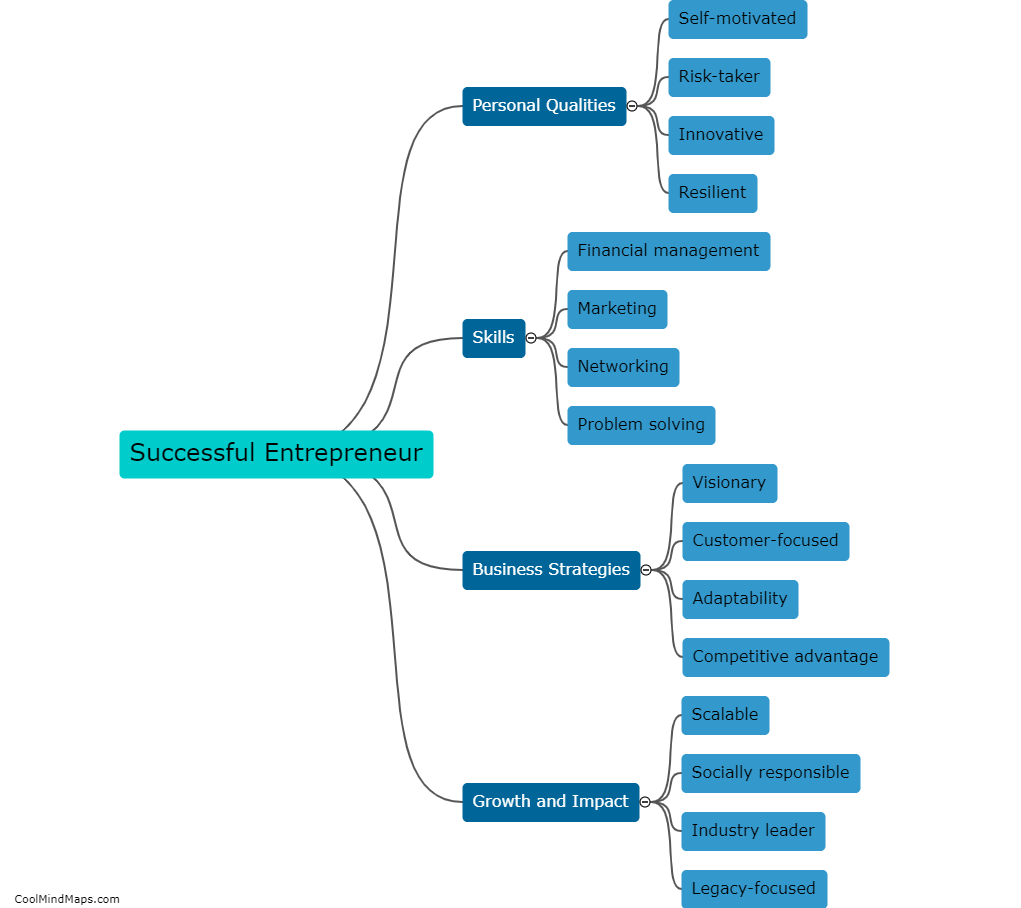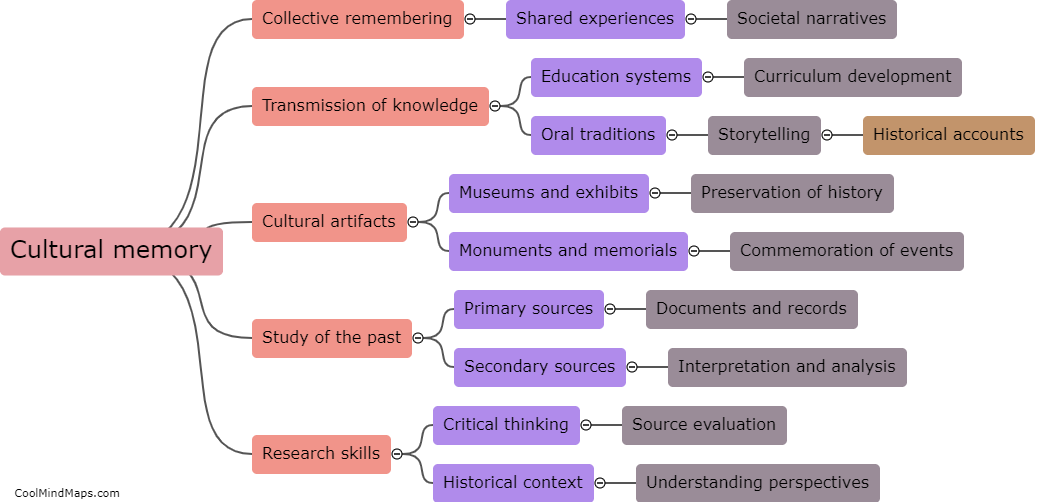What are the key concepts and principles of a neo semiotic approach?
A neo semiotic approach is a framework that combines the principles of semiotics with a contemporary understanding of signs, symbols, and meanings in different contexts. It emphasizes the study of signs as a way to understand and interpret human communication and the construction of meaning. Key concepts in this approach include the idea that signs are not limited to language but can also include visual, auditory, and tactile elements. It recognizes the social and cultural context in which signs are produced and interpreted and highlights the role of context in shaping meaning. Additionally, it emphasizes the role of interpretation and the subjective nature of meaning-making, suggesting that meanings are not fixed but can vary depending on the perspectives and experiences of individuals. Overall, a neo semiotic approach offers a dynamic and interdisciplinary perspective on communication and the role of signs in generating meaning.

This mind map was published on 26 October 2023 and has been viewed 91 times.











